We think this is likely a flowering quince, rather than an ume. We do not see much of the branches, but quince is noted for gnarled, twisted branches and bark. These twisted branches are as much of an indicator as the leaves, which are green above and whitish beneath. Fruit is large, yellow when ripe, a bit fuzzy, and can’t be eaten raw; it’s too astringent. But it has one of autumn’s best fragrances, cooks into wonderful jellies, and is great combined with apples in pies if raised organically. Be sure to have this id confirmed locally and in-person before you eat! To confirm its identity, you might ask the school if you could take a cutting so that you can show it to a horticulturist at your local garden center such as Berkeley Hort or botanic garden.
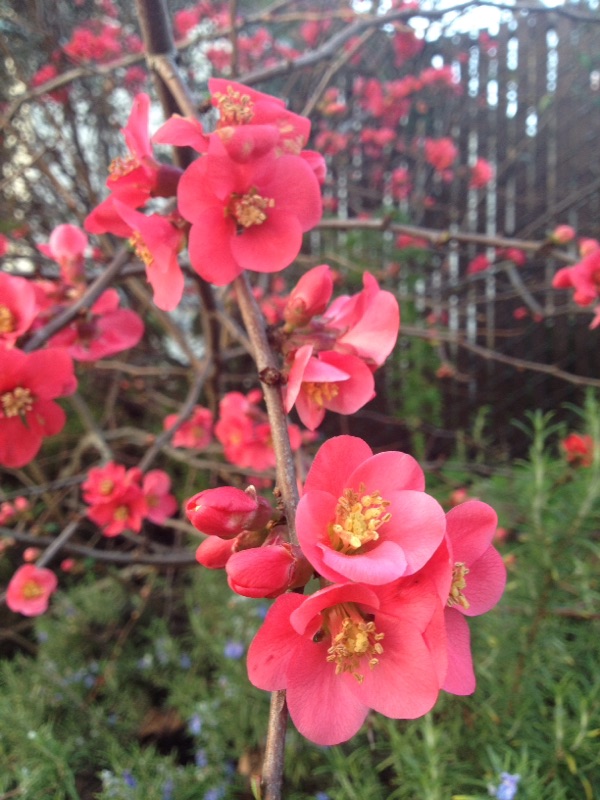
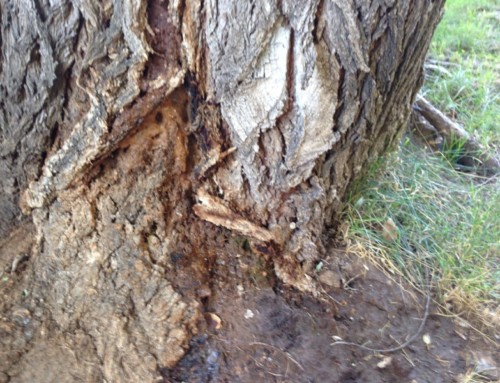
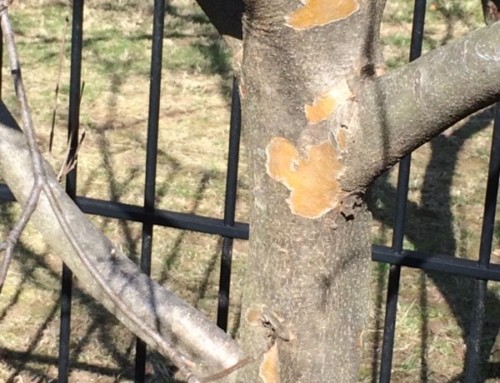
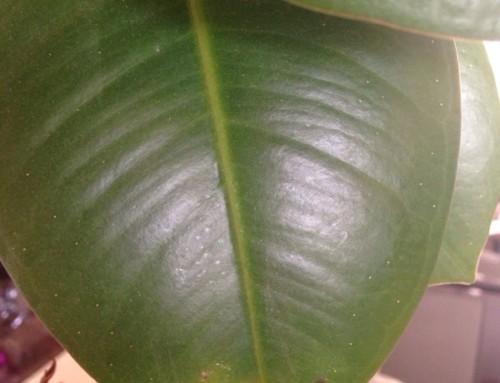
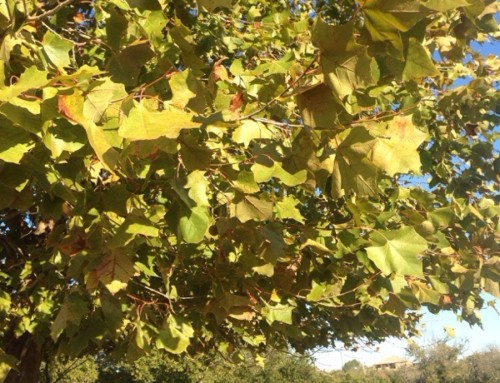
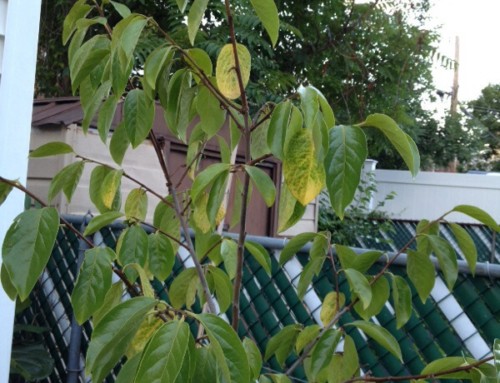
Leave A Comment